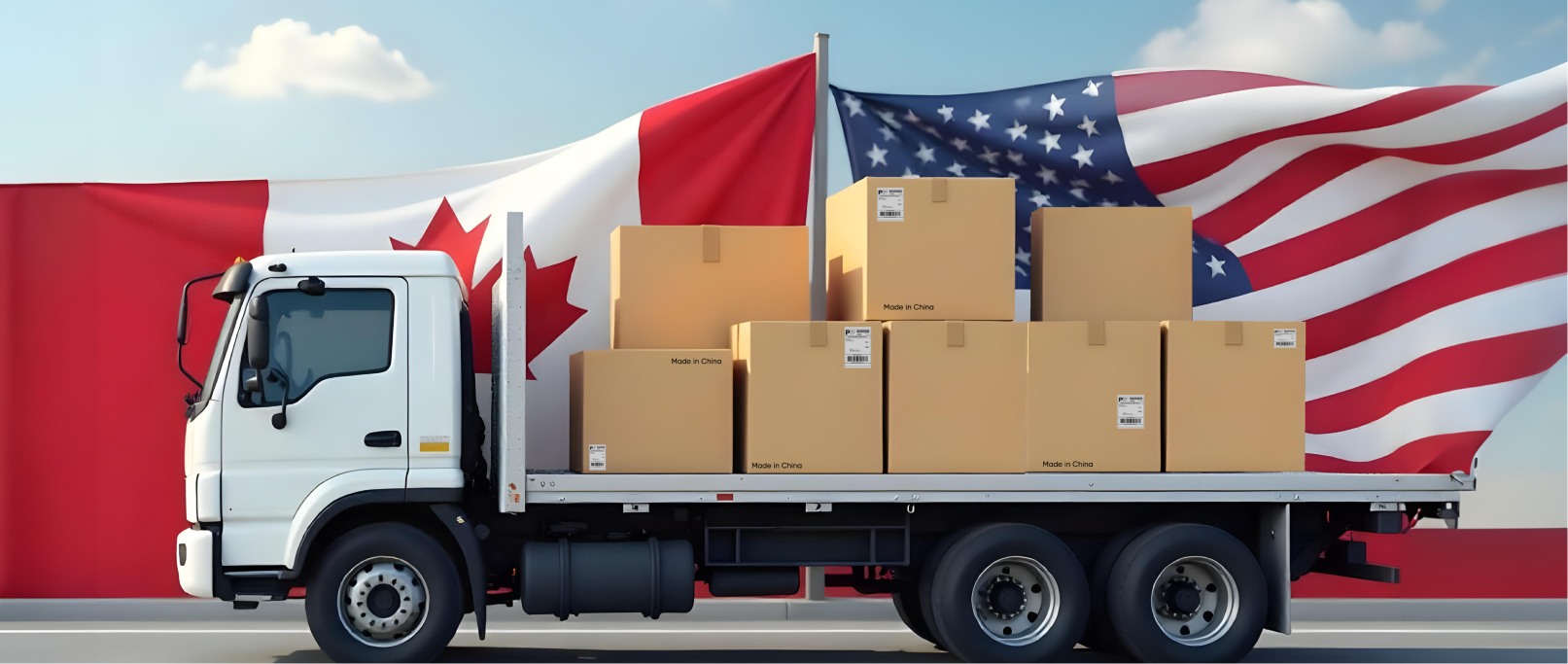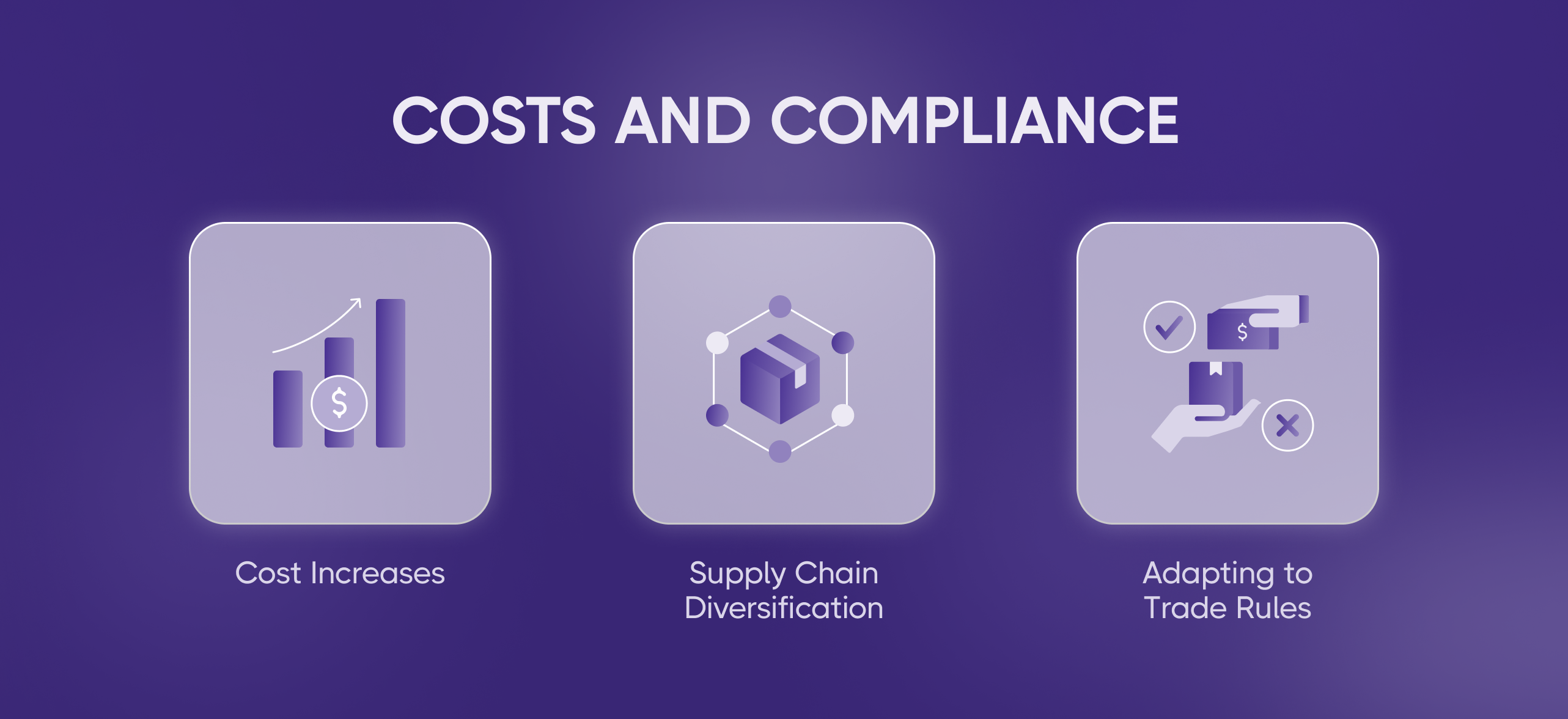
Sahiba Cuccria
8 mins read
6 mins read


As cross-border shipping between Canada and the US becomes increasingly important for businesses, recent changes in US trade regulations are set to affect how goods originating from China are shipped into the US, whether directly from China or from Canada under the Section 321 rule.
The Biden-Harris Administration has taken significant steps to combat the misuse of the De Minimis exemption, primarily targeting China-founded eCommerce platforms. This move addresses the growing abuse of Section 321, which has allowed an influx of low-value goods, often bypassing duties and trade enforcement measures.
How will these proposed Section 321 changes impact Canadian businesses that rely on cost-effective shipping of Chinese-origin goods into the US, and what strategies can they employ to adapt?
Section 321 of the US Tariff Act allows for duty-free importation of goods valued at $800 or less per shipment, per day. This provision has been vital for eCommerce businesses and shippers moving goods from Canada to the US. Canadian businesses often use this rule to bypass duties on small shipments of Chinese-origin goods, providing cost savings and faster shipping for customers.
However, with escalating US-China trade tensions, this exemption is under review. Proposed changes could prevent Canadian businesses shipping Chinese-made products from benefiting from the De Minimis exemption, leading to higher costs and more restrictions.
In response to growing trade tensions with China, the US Trade Representative has introduced tariff changes, particularly under Section 301, which impacts Chinese-origin goods. This includes tariff hikes on products like steel, semiconductors, and electric vehicle parts.
The Biden Administration plans to exclude shipments subject to Section 301 tariffs from the De Minimis exemption, meaning Chinese-origin goods, even if shipped from Canada, will no longer be duty-free under Section 321.
Certain sectors are particularly vulnerable to these changes:
Canadian businesses shipping Chinese-made products to the US under Section 321 will face increased costs and compliance challenges due to new trade regulations. Here’s what to expect:

Other US trade rules complicate cross-border shipping:
A Notice of Proposed Rulemaking will soon be issued to exclude shipments containing products subject to Sections 201, 301, or 232 tariffs from the De Minimis exemption. These sections already impose significant tariffs on products such as textiles, apparel, and steel; under the new rule, Chinese-origin goods shipped under Section 321 will no longer be exempt if they are covered by these tariffs.
As the US ramps up its trade restrictions, Canada has also announced plans to raise tariffs and limit subsidies on imports of clean vehicles, steel, and aluminum from China. These moves are part of broader efforts to align Canada’s trade policies with the US and other allies while reducing reliance on Chinese-origin materials.
For Canadian businesses involved in cross-border shipping, these changes represent an additional layer of complexity. Products like steel and aluminum are integral to many industries, and increased tariffs could erode their competitiveness in the US market.
Canadian businesses should take proactive steps to mitigate the impact of these regulatory changes:
Conclusion
The evolving US import rules, particularly the potential tightening of the Section 321 rule and rising tariffs on Chinese goods, present significant challenges for Canadian shippers. Industries such as apparel, textiles, steel, and clean vehicles will be hit hardest. However, these changes are still at the proposal stage, and Section 321 reforms have not yet been formalized. By staying informed, diversifying supply chains, and proactively preparing for potential regulatory shifts, Canadian businesses can navigate these challenges and continue to thrive in the face of evolving trade policies.
Need help staying competitive and compliant with changing cross-border trade regulations? Contact us to explore how eShipper can help you navigate these complex changes and optimize your cross-border shipping strategies.